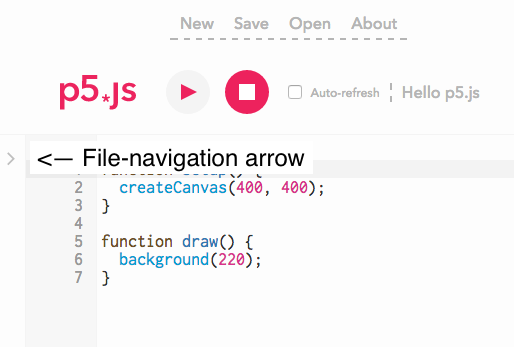Read Data From Serial Port Javascript For Loop

Javascript questions. Data Receie Loop in Serial Port C#,WPF. You then can check how much data is available and read it. I've read a lot of questions here about how to read data from serial ports using the. Loop to keep this thread alive. Of the data the serial port was sending.
I connected an Arduino to my laptop using USB, and I can read the serial data using Processing. Is there any way to get this data in real time into a local webbrowser? For example, a text field that shows the value from the serial port? It does not have to be connected to the internet. The JavaScript version of Processing does not support the following code, which would have been the ideal solution.
The Processing code is: myPort = new Serial(this, Serial. Little Brother The Listening Instrumentals Zip there. list()[0], 9600); // read a byte from the serial port int inByte = myPort.read(); // print it println(inByte); // now send this value somewhere.? There is no way to directly access the local machine from the web browser. For security reasons browsers have very limited access to the machines resources. To do this one option would be to write an extension for the browser of your choosing. Even though extensions also have a variety of limitations. Option two would be to use local server to provide the functionality you need. Personally I recommend using node.js (it's light weight, fast and easy to implement).
You can read/write serial data using (as @kmas suggested) or and than you can use to create a simple service and connect to it though the browser. Socket.io uses WebSockets in modern browsers and works excepionally well for real-time connections. I had a similar problem to solve. My Data acquisition system (DAQ) (like your arduino) relays data in HTTP, TCP, FTP, as well as serial. I had to capture it on the server and then send it to my webpage in real-time. The hack I wrote uses nodejs at the server, and connects DAQ to the server using TCP sockets using the 'net' module of nodejs and connects the server to the HTML page using socket.io.